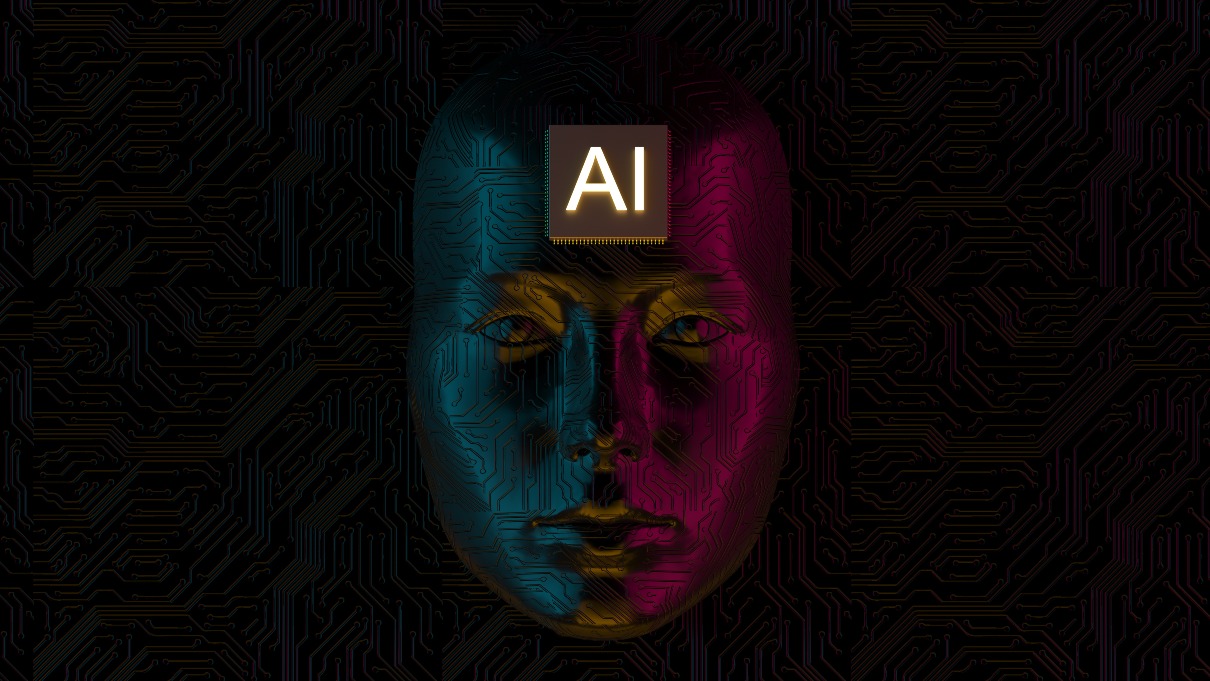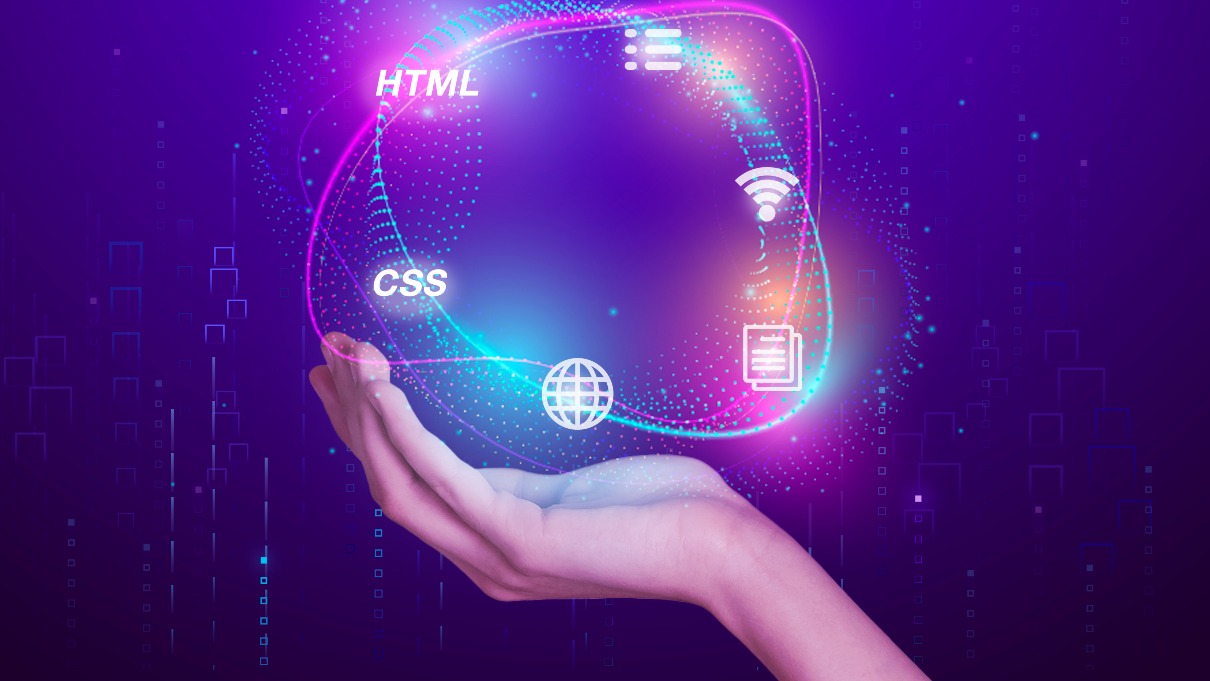What is Generative AI?
Generative AI encompasses algorithms that create new, original content—be it text, images, videos, music, or even complex 3D models. These systems are trained on extensive datasets, enabling them to identify patterns, replicate styles, and produce outputs that closely mimic human creations.
Key Techniques in Generative AI
-
Generative Adversarial Networks (GANs):
GANs consist of two neural networks:- Generator: Creates new data, such as realistic images.
- Discriminator: Evaluates the authenticity of generated data.
This back-and-forth competition results in highly refined and realistic outputs, used in applications like image upscaling and virtual environments.
-
Variational Autoencoders (VAEs):
VAEs compress data into a simplified latent representation and generate new outputs by sampling from this space. These models are ideal for tasks such as generating variations of faces or designing new products. -
Large Language Models (LLMs):
LLMs, such as OpenAI’s GPT series, are trained on billions of text samples. They excel at producing natural language outputs, including:- Writing creative stories, essays, or reports.
- Translating languages.
- Drafting code.
- Simulating human-like conversations.
-
Diffusion Models:
These emerging techniques, such as those used in DALL·E and Stable Diffusion, create images by iteratively improving random noise patterns, leading to stunningly realistic visuals.
Real-World Applications of Generative AI
1. Content Creation
- Text: AI can draft blogs, marketing copy, novels, and legal documents.
- Media Production: Automates video editing, scriptwriting, and animation creation.
- Coding: Tools like GitHub Copilot assist developers by generating efficient code snippets.
2. Healthcare Innovation
- Drug Discovery: AI generates molecular structures, expediting the drug development process.
- Medical Imaging: GANs enhance image quality and identify patterns for early diagnosis.
- Personalized Medicine: Creates treatment plans tailored to individual genetic profiles.
3. Art and Design
- Artists collaborate with AI to produce stunning visual art, from surreal landscapes to photorealistic portraits.
- Architects and designers use AI to prototype buildings, furniture, or fashion.
- AI-generated music tools compose original soundtracks or loops for creators.
4. Education
- AI-powered tutors provide personalized learning experiences.
- Virtual classrooms use generative AI to simulate real-world scenarios for practical learning.
- Text and video generation streamline content creation for teachers.
5. Gaming and Entertainment
- AI generates realistic game environments, character designs, and immersive storylines.
- Streaming platforms use AI to create engaging visuals and personalized content recommendations.
6. Business and Marketing
- Chatbots powered by LLMs handle customer queries with efficiency and empathy.
- Generative AI helps brands create targeted ads, social media posts, and interactive campaigns.
Ethical Considerations
While generative AI is a powerful tool, it comes with challenges:
-
Deepfakes and Misinformation:
AI-generated fake content can be misused for scams, propaganda, or fraud. -
Job Displacement:
Automation of creative processes may impact jobs in fields like design, content writing, and art. -
Bias in AI Outputs:
Models can unintentionally reproduce biases present in their training data, leading to ethical concerns. -
Ownership and Copyright:
Determining ownership of AI-generated content raises complex legal questions.
Future Trends in Generative AI
-
Increased Creativity:
Advanced models will continue to push creative boundaries, enabling hyper-personalized content and tools for creators. -
Human-AI Collaboration:
Rather than replacing creators, AI is likely to serve as a collaborative partner, augmenting human creativity with innovative tools. -
Regulations and Ethical Standards:
As AI adoption grows, governments and organizations are working to establish guidelines to ensure responsible development and deployment. -
Cross-Industry Integration:
Generative AI will likely play an integral role in industries like autonomous vehicles (for environment simulation), agriculture (crop monitoring via image analysis), and law (automated document drafting).
Unlocking the Future
Generative AI is reshaping the way we live, work, and create. Its versatility and potential make it one of the most transformative technologies of the 21st century. As we continue to explore its possibilities, fostering ethical and responsible AI practices will be essential to maximize its benefits while minimizing risks.



